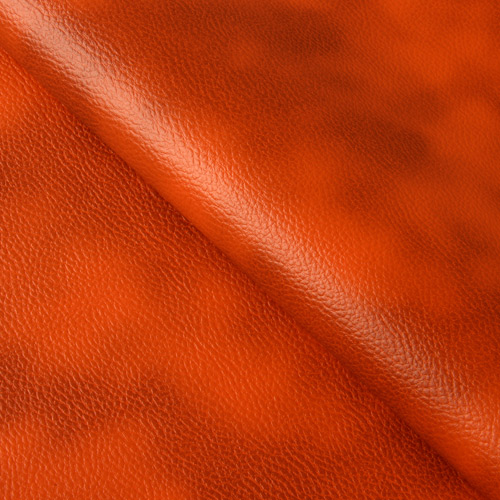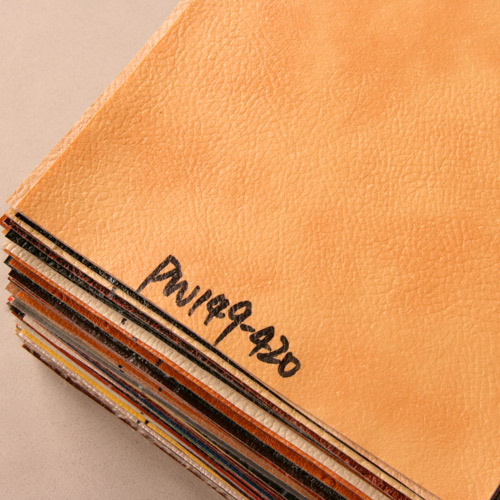en

When it comes to faux leather, two popular options that often dominate the market are PU (Polyurethane) and PVC (Polyvinyl Chloride) leather. As a retailer or consumer, understanding the durability of these materials is crucial in making informed purchasing decisions. In this blog post, we will explore the durability of PU and PVC leather, highlighting their key differences. By the end, you'll have a clear understanding of which material suits your needs best.
PU leather is known for its exceptional durability, making it a popular choice in various industries. It is made by coating a fabric base with a layer of polyurethane. The fabric base adds strength to the material, enhancing its resistance to tearing and stretching. PU leather is designed to withstand everyday wear and tear, making it suitable for high-traffic areas. Its durability is further enhanced by its resistance to UV rays, making it less likely to fade or crack over time.
When it comes to durability, pu leather is a reliable option for long-term use. It maintains its shape and appearance even with regular use, making it ideal for furniture, bags, and other items that require both style and durability. PU leather is also relatively easy to clean and maintain, adding to its longevity.
PVC leather, on the other hand, offers a different set of characteristics when it comes to durability. PVC leather, a type of synthetic leather fabric, is made by coating a fabric base with layers of polyvinyl chloride. While PVC leather shares similarities with PU leather, it tends to be slightly less durable overall.
PVC leather is known for its resistance to moisture, making it a suitable choice for environments prone to spills or humidity. However, its durability may be compromised over time, especially with prolonged exposure to sunlight and high temperatures. PVC leather can become stiff and brittle, leading to cracking and peeling. Therefore, it may require more careful handling and maintenance to ensure its longevity.
When comparing PU and PVC leather durability, a few key differences emerge. PU leather tends to offer greater durability in terms of resistance to tearing, stretching, and general wear and tear. It maintains its appearance and shape for longer periods, making it highly suitable for products that require lasting durability.
While PVC leather also provides a decent level of durability, it may require more attention to maintenance to prevent cracking and peeling. It may be better suited for applications where exposure to sunlight and high temperatures is limited.
When considering the durability of faux leather, understanding the differences between PU and PVC leather is essential. PU leather stands out as a highly durable option, maintaining its shape and appearance over time. On the other hand, PVC leather offers good durability but may require extra care to prevent cracking and peeling. By assessing your specific needs and considering the longevity required, you can make an informed decision between PU and PVC leather. Whether you're looking for furniture upholstery, accessories, or other faux leather products, understanding their durability will ensure that you choose the most suitable material for your intended application.
 African Cheap Price 100% Polyester Hot Stamp Foil Holland Velvet Printed Sofa Upholstery Fabric
African Cheap Price 100% Polyester Hot Stamp Foil Holland Velvet Printed Sofa Upholstery Fabric
 100% Cotton Clothing African Wax Prints Free Shipping Wax Fabric
100% Cotton Clothing African Wax Prints Free Shipping Wax Fabric
 Sofa Upholstery Polyester Jacquard Cotton Fabric Velvet Fabric For Sofa And Chair
Sofa Upholstery Polyester Jacquard Cotton Fabric Velvet Fabric For Sofa And Chair
 Automotive Faux Leather
Automotive Faux Leather
 Poly Knitted Spandex Crushed Velour Velvet Fabric For Decorate
Poly Knitted Spandex Crushed Velour Velvet Fabric For Decorate
 Home Decor Customized Velvet Upholstery Fabric Holland Fabric Velvet Fabric Wholesale
Home Decor Customized Velvet Upholstery Fabric Holland Fabric Velvet Fabric Wholesale


